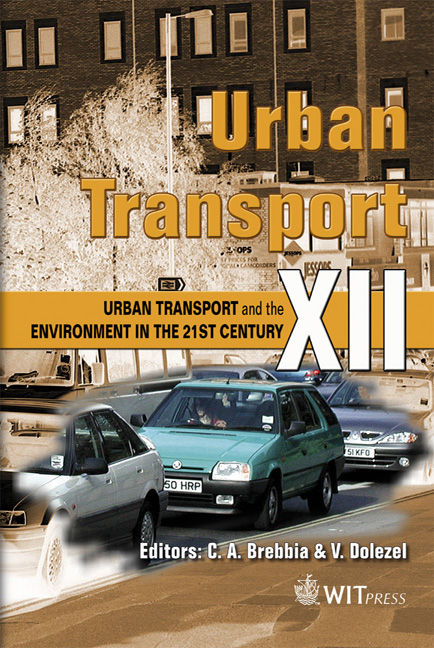Measuring Indirect Economic Impacts Arising From Transportation Investment By A SCGE Model
Price
Free (open access)
Transaction
Volume
89
Pages
12
Published
2006
Size
539 kb
Paper DOI
10.2495/UT060181
Copyright
WIT Press
Author(s)
T. Miyagi, M. Nishimura & S. Mitui
Abstract
The purpose of this paper is threefold. First, we present a regionally disaggregated CGE model, in which “a region” is defined as a sub-area or a zone within a country or a particular area and the spatial dimension of the economy is explicitly included. In such a spatial CGE model, the estimation of interzonal trade flows has a critically important role: with the presence of shipping cost, suppliers would impose the cost on their sales prices for covering that cost, which changes the product shipping pattern for each type of commodity or service and thereby affects the efficiency of regional economies. Second, we propose a new approach that links travel delay (attributable to congestion) and business productivity. Transportation investment changes the relative economic advantage that each region has through the changes in accessibility to material/service markets and labour markets. To estimate the rate return on transportation investment to reduce congestion, it is necessary to estimate how the specialized transportation policy to reduce congestion has economic impacts on regional economies. Finally, we explore the values of economic impacts measured by an application of the model to Tokai ring road project, which is an on-going project to build an expressway of about 160km in length connecting annularly many cities in Tokai region. Keywords: SCGE model, interregional trade coefficients, assessment of transportation investment, accessibility, spatial relative advantage. 1 Introduction Miyagi [1, 2] proposed three types of calibration procedures for SCGE models according to availability of benchmark equilibrium dataset. We call Miyagi’s
Keywords
SCGE model, interregional trade coefficients, assessment oftransportation investment, accessibility, spatial relative advantage.





